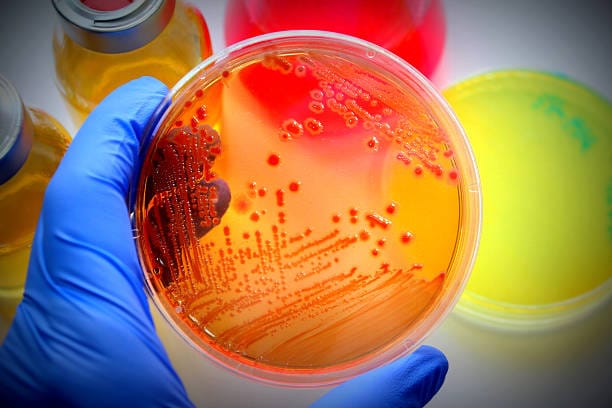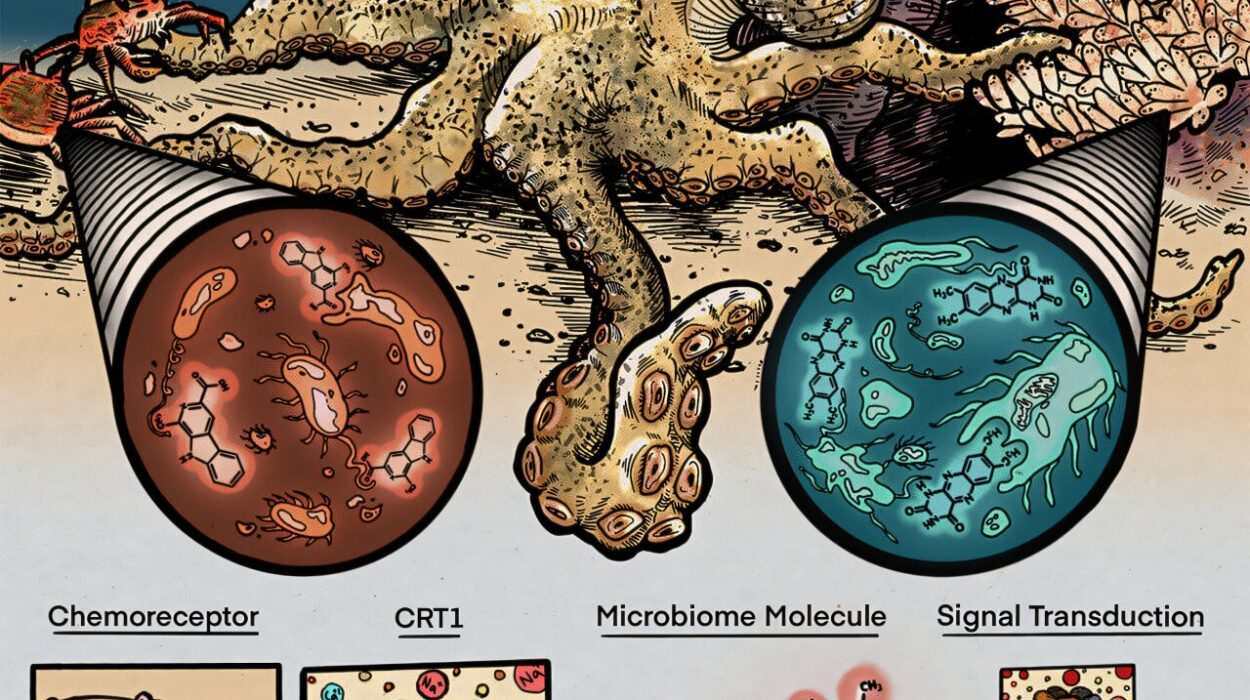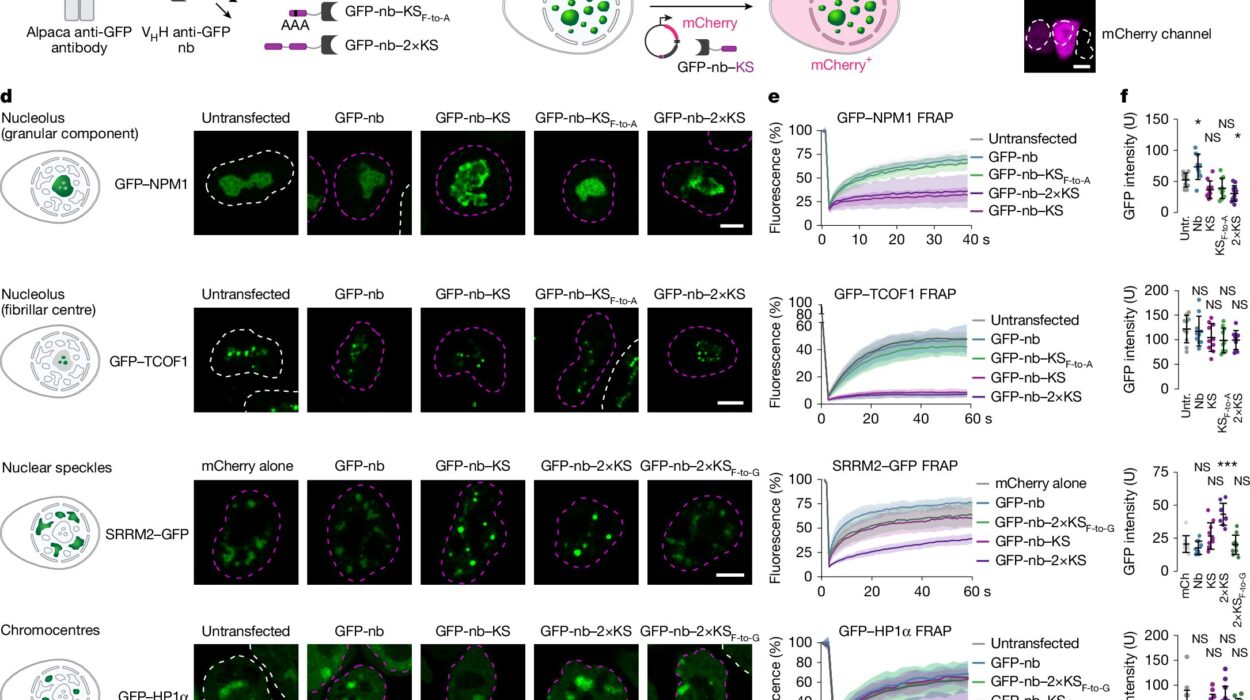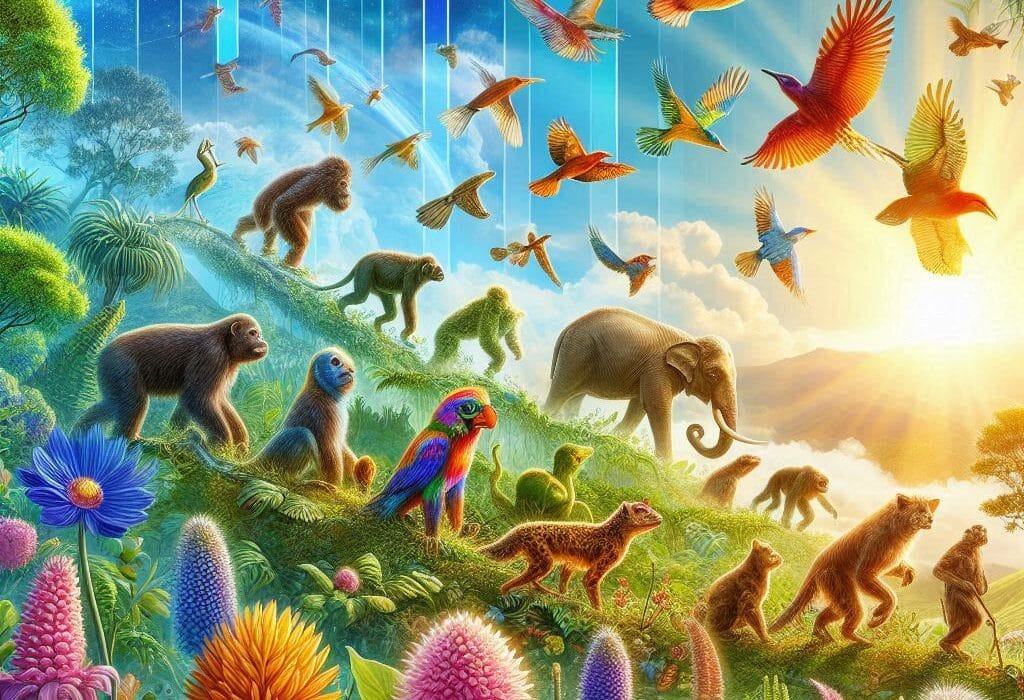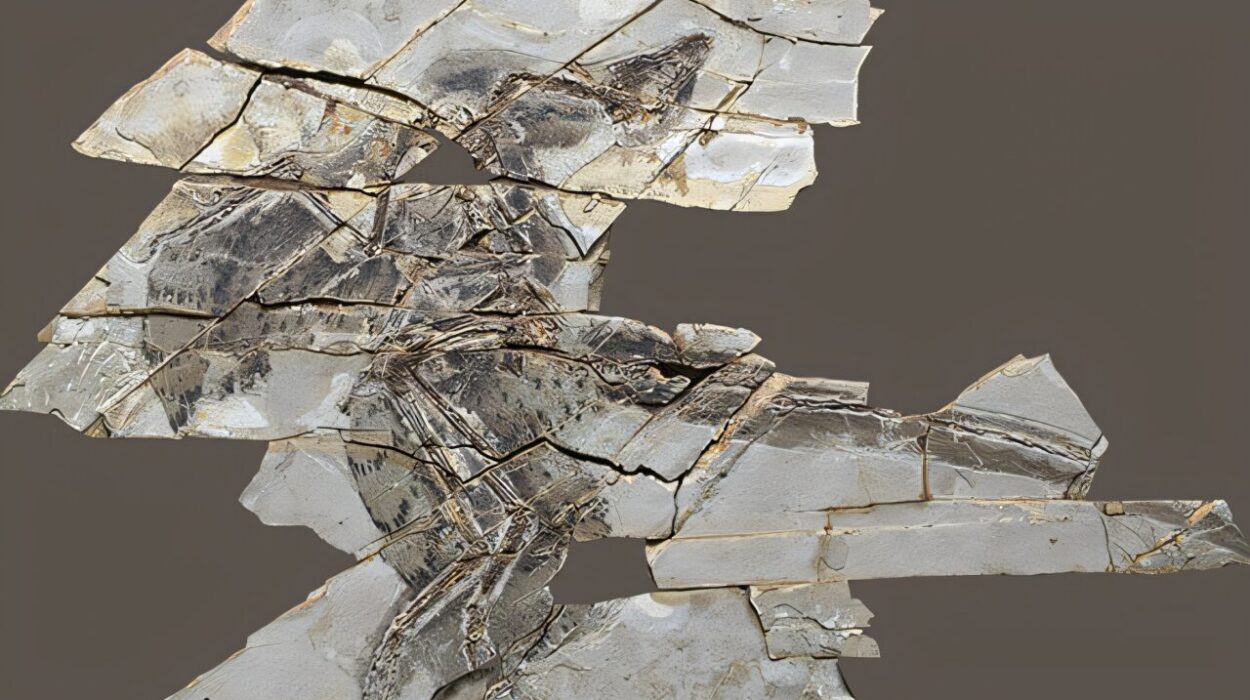Beneath the reach of our naked eyes lies a world so vast, ancient, and intricate that it rivals the cosmos itself. This unseen realm is inhabited by creatures so tiny, they slip through the smallest needle’s eye without notice. These invisible beings—microorganisms—form the cornerstone of all life on Earth. They shape our health, our planet, and the very air we breathe.
Microbiology is the study of this hidden world. It is the science that lifts the veil from the minuscule and explores life at the smallest scale—bacteria, viruses, fungi, protozoa, algae, and archaea. But to call microbiology merely a branch of biology is like calling a symphony merely a collection of notes. It is a universe unto itself, with laws, dramas, and complexities that drive life at every level.
Microbiologists do not just study germs or diseases, though that is one of many paths. They peer into the microbial web that supports ecosystems, powers fermentation, recycles nutrients, fuels biotechnology, and even builds the genetic libraries of evolution itself. From hot springs teeming with thermophilic bacteria to the deepest ocean trenches brimming with extremophiles, microbiology reveals that life can thrive where logic says it should not exist.
The Birth of Microbial Awareness
Microbiology, as a discipline, is surprisingly young compared to astronomy or physics. Yet the life forms it investigates are older than any animal, tree, or fossil. Microbes were Earth’s first inhabitants—emerging billions of years ago in a time when oxygen was poison and sunlight was a threat.
For centuries, humans suspected that invisible agents might cause illness or decay. Ancient philosophers proposed ideas of “seeds of disease” or “miasmas” that floated through the air, but no one had the tools to see these agents directly.
That changed in the 17th century, when a Dutch cloth merchant named Antonie van Leeuwenhoek, armed with handcrafted lenses, became the first human to witness this hidden life. His simple microscopes, powerful for their time, revealed “animalcules” swimming in a drop of water. They were bacteria and protozoa—tiny, animated, and unlike anything ever seen. His observations launched a revolution.
Still, it would take nearly two more centuries before microbiology would evolve into a structured science. The idea that diseases could be caused by microorganisms took hold slowly, resisted by physicians clinging to older, incorrect theories. It wasn’t until the 19th century, with the work of Louis Pasteur and Robert Koch, that the germ theory of disease finally supplanted superstition. Their experiments didn’t just save lives—they forged a new vision of biology, where life could be studied in its smallest forms and wielded for healing, industry, and discovery.
Microbial Diversity: The Architects of Life
Microorganisms are not a single kingdom of life, but rather a sprawling, diverse collection of life forms across multiple domains. Bacteria and archaea, the two groups known as prokaryotes, lack a defined nucleus but possess immense genetic adaptability. Eukaryotic microbes—protozoa, unicellular algae, and microscopic fungi—contain complex cellular structures, making them closer relatives to animals and plants.
Despite their size, microbes possess remarkable abilities. Bacteria can metabolize metals, break down toxic waste, and fix atmospheric nitrogen into a usable form for plants. Archaea can thrive in acidic lakes, salt flats, or boiling geysers. Viruses, though not technically alive by most definitions, have evolved to hijack living cells in ways that defy imagination. Some fungi form vast underground networks that help trees communicate and share nutrients—an underground internet of life.
This microbial diversity is not academic trivia; it is the engine of ecosystems. In soil, microbes decompose organic matter, recycling nutrients into forms that plants can absorb. In oceans, photosynthetic microbes like cyanobacteria and phytoplankton produce over half of Earth’s oxygen. In animals—including humans—microbiota in the gut regulate digestion, immunity, and even mental health.
To study microbiology is to realize that these minuscule beings are not just passengers on the planet; they are its engineers.
The Human-Microbe Connection
The human body is often thought of as a singular organism, but in truth, it is an ecosystem—a walking, breathing biome. Each of us carries around trillions of microbes: on our skin, in our mouths, in our lungs, and especially in our intestines. These communities of microorganisms, known collectively as the microbiome, are vital to our survival.
In the gut alone, the microbiome contains hundreds of bacterial species, each with different roles. Some break down food particles that human enzymes cannot digest. Others produce vitamins like K and B12. Still others regulate the immune system, train it to distinguish between friend and foe, and protect us from infection.
The relationship between humans and their microbes is not always peaceful. Some bacteria become pathogenic under the right conditions, turning on their hosts and causing disease. Viruses, especially, can be agents of terror—causing outbreaks of influenza, Ebola, HIV, or COVID-19. Yet even here, the relationship is more complex than it seems. Some viruses regulate population levels of bacteria in nature or drive evolution by swapping genetic material between species.
Microbiology forces us to reconsider the boundaries of self. Where do “you” end and your microbes begin? Are you a single being, or a colony in cooperation? The lines blur under the microscope.
The Invisible War: Pathogens and Disease
One of the most emotionally charged arenas of microbiology is the study of pathogens—microorganisms that cause disease. Cholera, tuberculosis, smallpox, plague, syphilis, and more recently, COVID-19—these are names that resonate with suffering, loss, and the terrifying power of the unseen.
Understanding pathogens requires more than identifying the culprit microbe. It demands insight into how it enters the body, how it evades the immune system, and how it damages tissues. Each pathogen has its own tactics. Some release toxins. Others hide within host cells. Many exploit vectors—mosquitoes, ticks, or fleas—that deliver them to new hosts.
But the story of disease is also a story of resistance and resilience. The immune system is itself a marvel of evolutionary microbiology: a layered defense system forged in the crucible of microbial war. Vaccines, antibiotics, and antiviral drugs represent some of humanity’s greatest victories—tools that have dramatically extended lifespan and quality of life.
Still, microbes adapt. The rise of antibiotic resistance is a sobering reminder that this war is ongoing. Bacteria, through random mutation and gene exchange, can evolve defenses against our medicines. The World Health Organization has called antimicrobial resistance one of the greatest threats to global health.
Here, microbiology becomes not just a science, but a race against time.
Microbes in Industry and Innovation
Not all microbes are villains. In fact, many are essential allies. For thousands of years, humans have used microbes to ferment food—transforming milk into cheese, grains into beer, and cabbage into kimchi. These traditional uses of microbiology shaped cultures and cuisines long before anyone knew what a microbe was.
Today, industrial microbiology has evolved into a sophisticated field that uses microorganisms to produce everything from insulin and antibiotics to biofuels and biodegradable plastics. Genetically engineered microbes can churn out human proteins, clean up oil spills, and convert plant waste into energy. In biotechnology, synthetic biology takes this a step further—redesigning microbial genomes to build custom organisms with specific functions.
Agriculture also benefits from microbial partnerships. Rhizobium bacteria fix nitrogen in legumes, reducing the need for chemical fertilizers. Mycorrhizal fungi help plants absorb nutrients. Even insect pests can be controlled using microbial agents like Bacillus thuringiensis, a naturally occurring bacterium toxic to many crop-damaging larvae.
Microbiology, then, is not just about understanding life—it is about shaping it for the betterment of humanity and the planet.
The Frontiers of Microbial Research
As microscopes become more powerful and DNA sequencing more precise, microbiology has entered a golden age. Researchers can now identify microbes not by culturing them in a petri dish, but by decoding their genetic fingerprints directly from the environment. This has led to the discovery of vast microbial communities in places once considered sterile—glaciers, clouds, the upper atmosphere, and even the human placenta.
Metagenomics, the study of genetic material recovered directly from samples, has revealed that we’ve only scratched the surface of microbial diversity. Most microbes on Earth have never been cultivated in a lab. They are part of the microbial “dark matter”—unknown species with unknown roles, perhaps holding secrets to medicine, climate resilience, or even alien biology.
In space exploration, microbiology plays a vital role. NASA studies how microbes behave in zero gravity, how they affect astronaut health, and how Earth microbes might contaminate other worlds. The search for extraterrestrial life, whether on Mars, Europa, or exoplanets, is guided by our knowledge of Earth’s extremophiles—microbes that thrive in boiling acid, freezing salt, or crushing pressure.
If life exists elsewhere in the universe, it may very well be microbial.
Ethical Questions and Microbial Responsibility
With great knowledge comes great responsibility. As microbiologists gain the ability to edit genes, create synthetic organisms, and manipulate ecosystems, ethical questions grow louder. What are the risks of releasing genetically modified microbes into the wild? How do we prevent bioterrorism using engineered pathogens? Who owns a microbe’s genome—the discoverer, the nation of origin, or all of humanity?
The COVID-19 pandemic renewed public awareness of biosafety and bioethics. Whether a virus arises in nature or from a lab, the consequences can be global. Scientists must navigate a world where openness and collaboration are essential, but where mistakes or misuse could be catastrophic.
Microbiology, therefore, is not just a science of curiosity—it is a science of consequence. It demands humility, wisdom, and foresight. The microbe may be small, but its influence is boundless.
Microbiology and the Future of Medicine
Personalized medicine is rapidly becoming the future of healthcare, and microbiology is at its core. By analyzing an individual’s microbiome, doctors can tailor treatments for digestive disorders, autoimmune diseases, and even mental health conditions. Fecal microbiota transplants—once fringe—are now an accepted treatment for severe intestinal infections.
Cancer treatment, too, may be enhanced by microbes. Some bacteria naturally home in on tumors. Engineered strains could deliver chemotherapy directly to cancer cells, minimizing harm to healthy tissue. Microbes might even help “teach” the immune system to recognize and destroy cancer.
Microbial diagnostics—tiny biosensors, microbial “sniffers,” and CRISPR-based tools—promise early detection of disease at the molecular level. A single drop of blood might reveal not just current illness but susceptibility to future ones.
As medicine becomes more precise, so does microbiology’s role in guiding it.
Microbiology in Climate and Environmental Science
The global climate crisis is not just a problem of carbon emissions—it is also a microbial issue. Microbes regulate the carbon, nitrogen, and sulfur cycles that drive Earth’s climate. In the thawing permafrost, ancient bacteria may awaken, releasing methane—a potent greenhouse gas. In oceans, phytoplankton draw down carbon dioxide through photosynthesis, shaping the planet’s temperature and oxygen levels.
Bioremediation—the use of microbes to clean polluted environments—is one of microbiology’s great promises. Bacteria can digest oil, detoxify heavy metals, and even break down plastics. Microbes may help clean rivers, restore coral reefs, and reclaim polluted soil.
Yet they are also vulnerable. Antibiotics and pesticides can disrupt microbial ecosystems. Warming oceans threaten microbial food webs. Environmental microbiology seeks not just to study microbes, but to protect them—because they protect us in turn.
The Poetry of the Microscopic
Microbiology is often seen as technical, clinical, or sterile. But in truth, it is poetic. It reveals a world of life unfolding in slow, silent drama beneath our awareness. It reminds us that grandeur does not require size, that complexity hides in simplicity, and that the oldest forms of life are still shaping the newest.
To study microbiology is to fall in love with what cannot be seen—to hear the whispers of evolution, the murmur of ancient symbiosis, and the roar of microbial engines driving the planet. It is to see yourself not as an isolated organism, but as a cathedral of cells hosting entire universes.
In the end, microbiology is a celebration of life’s ingenuity, resilience, and interconnectedness. It teaches us that everything is connected—that the fate of the world may hinge not on the grandest beasts or tallest trees, but on the humble microbe beneath our feet.
